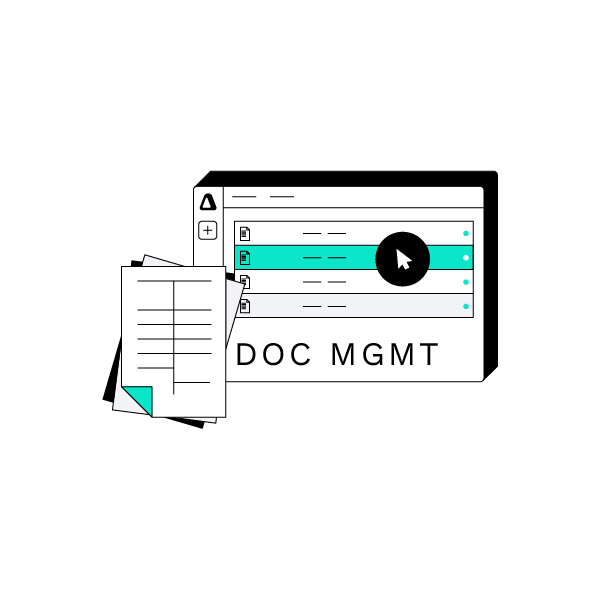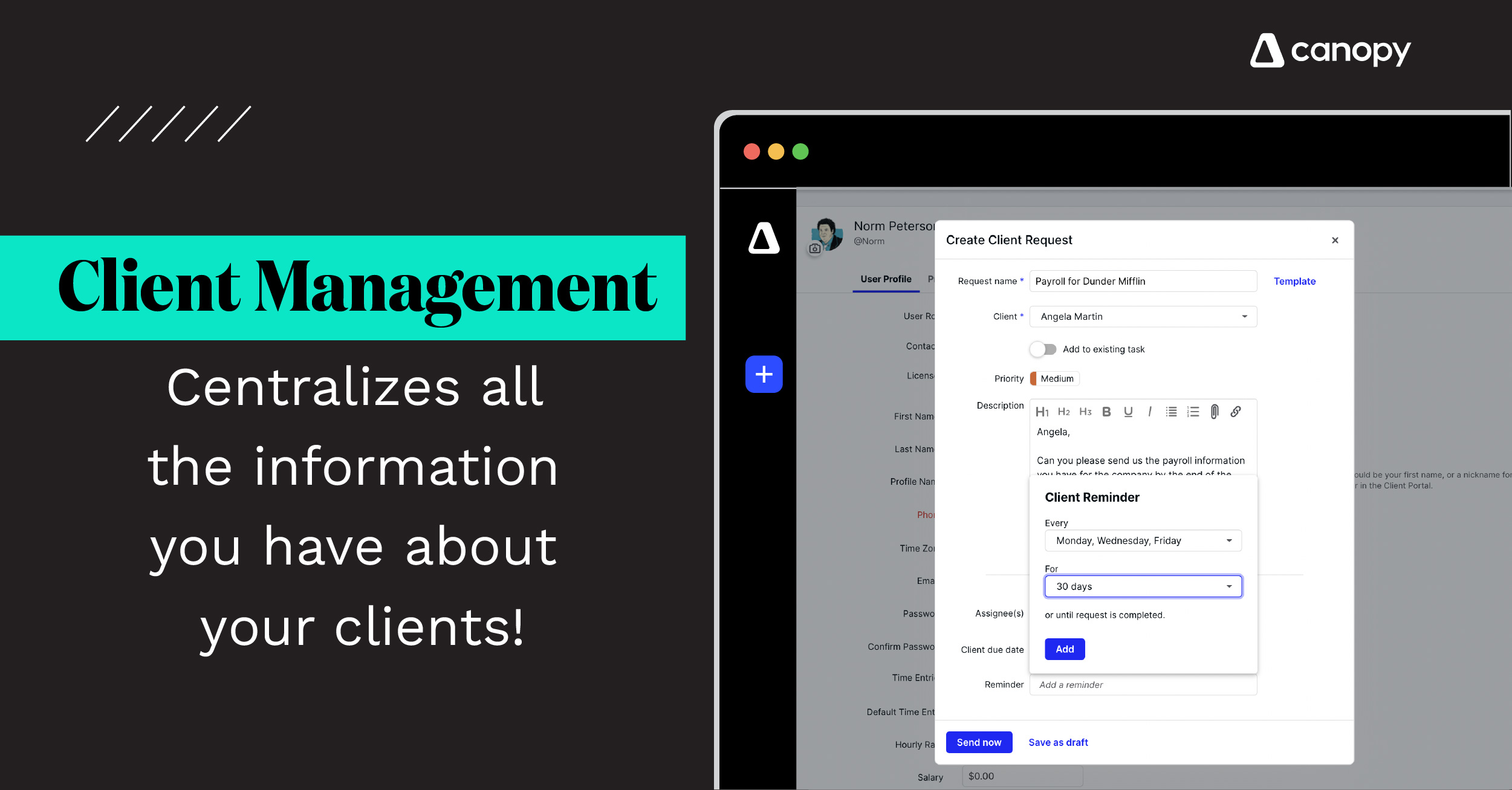Document management is a core element of every accounting project, but it can quickly become a headache if you don’t have a good system in place. Here are a few key things to keep in mind as you create your document management strategy.
Invest in a Cloud-Based System
In the modern workplace, paper-based filing systems are a way of the past. It can be difficult to adjust to change at first, but it can be so worth it in the long run. Having the ability to access files remotely means you can work from anywhere, anytime — a flexible schedule only possible through technology advancements. When you use the cloud, your talent pool can grow remotely as well, something needed in this job market. A recent survey from McKinsey & Company found that 40% of respondents workforce in their respective industries will “need to be either replaced or fundamentally retrained to make up for their organizations’ skills gap.” However, only 15% said plans to address this issue were in place within the next two years. For businesses that haven’t leveraged technology in their workflow, finding talent is an even bigger issue, according to the research. About 42% in that group reported they’ve “stuck with the status quo because it’s difficult to source the talent they need,” the study revealed.
Transitioning to the cloud makes remote work easier, something crucial in today’s fast-moving workplace. You can work with clients anywhere in the world and you can hire CPA’s from all over as well. You are no longer confined to the four walls of your office if you need to look up a file or double check something in a document for a client. Plus, sending documents to clients becomes a lot easier with the click of a button from your phone or laptop. When doing research on what system is best for your firm, look for a specialized program that can offer you multiple services to help you avoid paying for multiple subscriptions. In the end, cloud technology can help your firm streamline processes and ultimately save money by boosting efficiency.
Keep Files Organized
While it is best practice to manage documents on the cloud, disorganization can still happen if you don’t put a solid structure in place. Be sure to rename files in a way that makes sense — best practice typically uses client last names and a keyword of the document in the file’s name. Organize documents into folders to avoid cluttering your desktop with hundreds (if not more) files. If you do accidentally misfile a document (it happens to the best of us), even though you’ve created an organizational system, it’s a lot easier to relocate said document using cloud-based technology, since you can simply use the search function. Trying to find a paper document can mean spending hours, if not days, sifting through boxes in the office hoping you get lucky — and that’s a waste of valuable time you can’t get back. Research shows that searching for papers and other information can waste up to 9 hours per week per employee. That can add up fast. Skip the hassle and digitize your filing system instead.
Take Security Precautions
Keeping client data secure should be a top priority for your firm, especially if you choose to convert to a digital document management system. However, even firms using paper document systems need to take security seriously — hard copies can easily end up in the wrong hands because of an innocent mistake, like leaving a sensitive document in the printer. The first step in establishing your firm’s security is recognizing it as a necessity. Next, work on creating a protocol with your team. Here are some tips to help you get started:
-
- Restrict document access to authorized personnel only. Make sure to regularly check who has access to what documents, especially if sensitive client data is involved.
- Change your passwords often and don’t use the same password for everything. Be sure to never use a personal password to protect professional data.
- Update passwords and access after employees leave or retire.
- Regularly back-up your documents to ensure your documents are safe if the unthinkable happens.
- Use a virtual private network, or VPN, to encrypt your data and keep it safe when you are using other WiFi networks
It’s always a good idea to stay up to date on the latest trends in data protection and security as well.
In the Definitive Guide to America’s Most Broken Processes, a survey of 1,000 full-time U.S. employees across multiple industries and departments found that 39% of respondents felt there were broken document management processes within their business. Nearly half said they had issues finding documents, 43% reported trouble with document approval requests and document sharing and just over 30% said they struggle managing different versions of documents. In fact, the report even found that “access to tools and documents that enable good job performance” ranked #2 on corporate America’s most broken processes. Don’t become one of these statistics — save yourself the headache and be proactive about managing your documents before problems arise.
Canopy's advanced document management lets you rotate, delete, move and combine files all within the Canopy practice management solution.







Get Our Latest Updates and News by Subscribing.
Join our email list for offers, and industry leading articles and content.